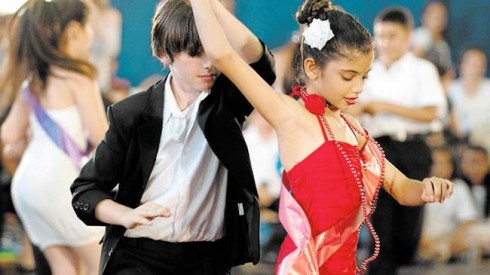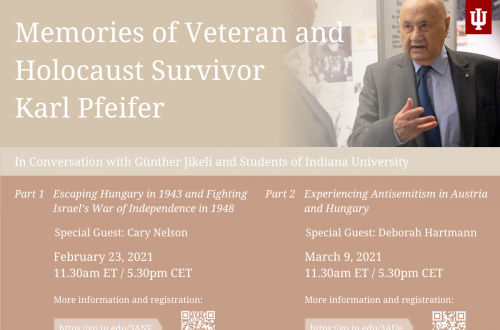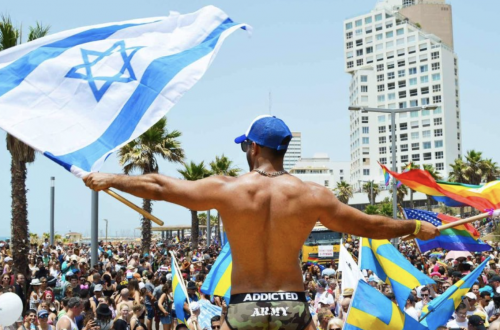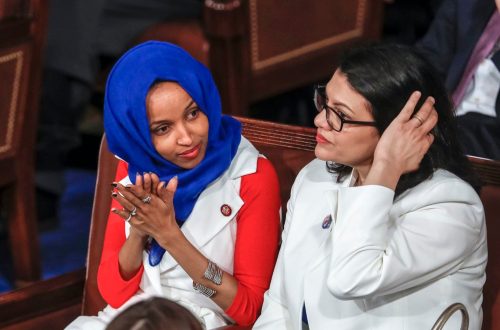
“Only the devil has got no music.”
(Hildegard von Bingen)
“Shyness is nice and
Shyness can stop you
From doing all the things in life
You’d like to…”
(The Smiths, Ask)
In her book The Harem Within, Moroccan author, sociologist and Muslim feminist Fatimah Mernissi tells us about her childhood in a harem, where she was born and where her mother spent all her life, together with all the other wives of Fatimah’s male relatives.
A harem is a segregated place where married women spend most of the time and where they have to find terms of agreement with each other. When one accepts its constraints a surprising amount of comfort and luxury can be achieved. Mernissi describes her mother’s passion for Viennese Waltz. She was dancing with the other women, playing old records on a gramophone and dreaming of ballrooms in which elegantly dressed men and women touch each other tenderly, being driven away by their passionate movements. The woman who played the man’s part had to wear a hat, because they had seen it on postcards. The hat they used was an old Turkish fez, which slightly resembled the one in the picture.
Mernissi points out the utopian character of these moments. Unnoticed by the outside world, these women were contemplating a distant but thrilling idea of a freedom to encounter others, men and women, undisguised, meeting on terms of pure enjoyment. Such a forbidden, strange and unthinkable situation never came true for her mother, but Fatimah took from the fantasies of her mother a determination to take her own dreams seriously when she made a career as a famous academic.
Dancing is an ancient custom practiced by all nearly all cultures and civilisations. It is a physical experience that transcends the spiritual character of bodily perception, turning it into imaginations of possibilities and potentials. The body can create completely new things and emotional affections that transcend the ego into something new: respect for one self, respect for others.
At least that is what Pierre Dulaine hopes in his own words when he enters the scene of Hilla Medalia’s wonderful documentary “Dancing in Jaffa”. Dulaine is an outsider. He was born 1944 in Jaffa but fled with his parents when he was 4 years old and made an extraordinary career as a competitive ballroom dancer. He won a world championship four times with his partner Yvonne Marceau and became an even more famous teacher of classical ballroom disciplines in New York City. He returns to Israel to realise his own personal dream: to teach ballroom classics to Jewish and Arab children in boy/girl combinations. In order to achieve this, he has to overcome resistance and conflict, the opposed narratives, the tension between the communities, the doubt and the hesitation of parents to get involved. Medalia’s portrait of Dulaine’s effort is a thrilling portrait of Israeli society in times of tension and unrest. As regular Harry’s Place readers will remember, a screening of her movie in France was interrupted by anti-Zionist protestors who even refused to watch it. Medalia who has made herself a name in telling complicated stories about the Israel/Palestine conflict, like “To Die in Jerusalem”, a portrait of two women who died in a suicide attack, one the attacker, one a victim, is only proving how absurd the anti-Zionist protest is. Medalia’s film is very critical of some aspects of Israeli society, as critical as a citizen in a democratic country should be, but at the same time very positive about people, their aspirations, their struggles and their hopes.
When Jaffa is shaken by a demonstration of Jewish ultra-nationalists who demand the expulsion of all Arabs from the city, angry Arab protesters answer with shouts of “Allah u Akbar”. Dulaine is clearly aware that he cannot solve these conflicts. In a discussion with a cab driver he points out that he can understand the emotions and despair on all sides but that his contribution is teaching people to trust each other. The cab driver, an Israeli war veteran, is nevertheless a sceptic. “I don’t trust them, and I surely wouldn’t dance with them,” he says.
Dulaine’s stubborn effort to bring different people together sometimes fails, but he gets help from the teachers and the parents. He speaks Arab fluently but has to return to English when he is talking to Hebrew-speaking people, and needs the help of others to translate his messages. One remarkable person is the teacher Rachel Gueta from the Weizmann school, where Jewish and Arab children are educated together. She manages the conflict of narratives and with her powerful rhetoric she sets sharp focus on the emotional connections that all histories of suffering contain. Conflicts must be debated, opinions must be heard, and that is the only way of deescalating the strong tensions inside and between the communities.
The biggest obstacles for Dulaine are not the parents, not the resentment, not the political unrest of today’s Jaffa communities, but the shyness of the boys and girls, their difficulty in trusting each other. One time he has to cancel a class because the kids are not ready to follow him. Medalia focuses on their faces, their doubt and their insecurity. If I put myself in the shoes of these kids, I would have had shown the same fearful caution.
Ten-year-old boys who seem a little confused that they should move cheek to cheek with girls (and vice versa), do not at all represent Arab or Jewish or Muslim resentments, but very natural reactions of kids at this age. The ones who risk it are marvellous personalities.
It is amazing to see how stubborn and serious Dulaine is, when he communicates his goals. He does not make compromises. Boys and girls from three different schools– one Arab, one Jewish and one mixed– are participating. Medalia focus on three of them:
–Alaa, the son of a fisherman from the coast of Jaffa, whose mother’s family is living in Gaza.
–Noor, a girl with a Jewish mother who converted to Islam after she married a Palestinian who died shortly after Noor’s birth.
–Lois, a blonde girl, whose mother has used a sperm bank to get a child, when she couldn’t find a man to live with.
Noor demonstrates with the most passionate commitment Dulaine’s concept of dancing as a way of respecting each other. Shy, vulnerable, insecure at the beginning she overcomes her fears and starts to get a lot more self-confident. Her mother, who sometimes appears frustrated and depressed, also benefits from her daughter’s development.
Alaa, the son of the fisherman whose family is torn between Jaffa and Gaza, is an introverted boy, with a very perceptive mind and someone who seemed to have waited for a man like Dulaine. Although Alaa’s family is sceptical in the beginning, his parents support him. Lois and Alaa are practising together and visit each other; they are becoming friends. Lois’s mother is more ambitious. She wants her daughter to win the competition and is worried that Alaa may not be the most capable partner, but Lois is not joining her mother in this game and defends her friend. To see these kids dancing together is amazing. They represent the tensions of Israeli society, its contradictions and deep divisions, but also its hopes, its achievements, its potential to overcome these divisions. In the end everyone wins a silver medal, and the Weizmann school, where Jewish and Arab children are educated together, gets the cup for the best performance as a group. Dulaine has succeeded.
In times of war, the soldier may be the more accurate representation of what a society needs to get along. But there are times for peace as well. Then the dancer, who defines communication as a matter of trust, will be more representative. Peace is a risky enterprise, and as war needs the bravery of the soldier, peace needs the trust of dancers who are not afraid of taking a risk. The children Pierre Dulaine has taught to dance the Rumba and the Merengue will be prepared when peace comes.


